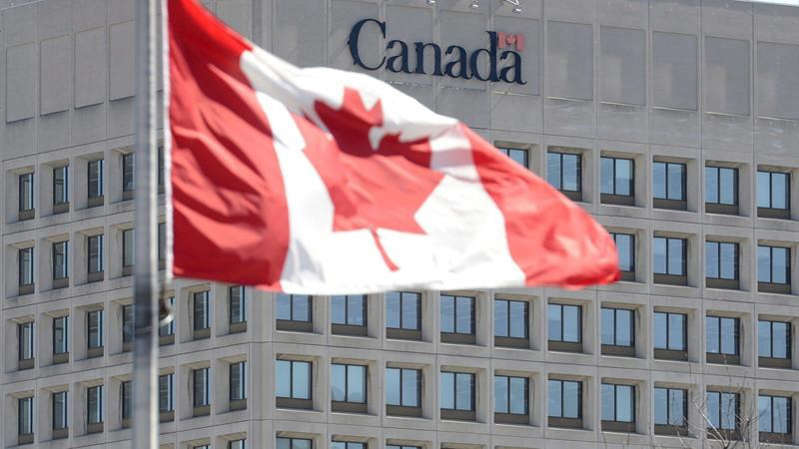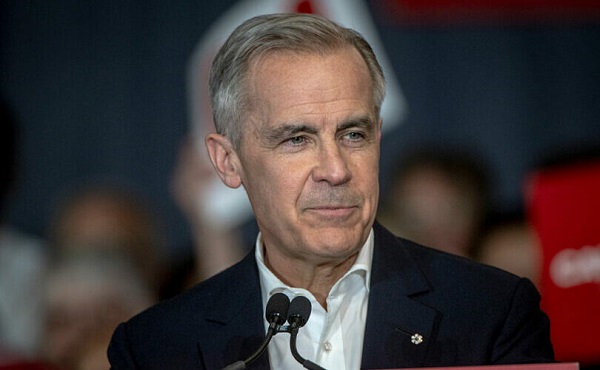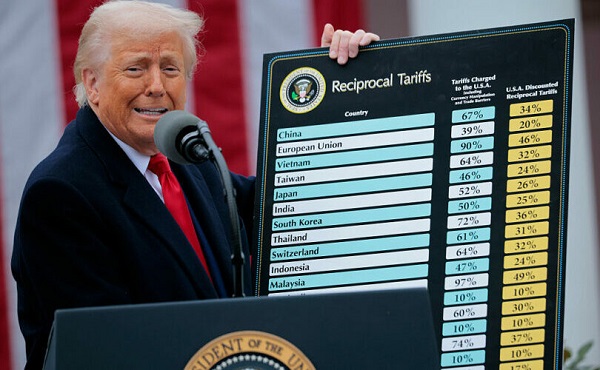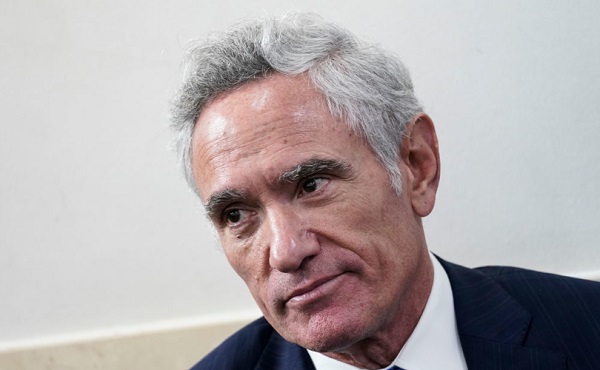
 David Clinton
David Clinton
More than once in this space I’ve advocated for a comprehensive all-of-government review to find and eliminate waste and corruption. So it’s about time I set finger to keyboard and started mapping out how such a review might unfold.
Why is it just this moment in history that finds me so passionate about reviews?
Canada’s government spends more money than it receives. I know that’s hardly breaking news, but Ottawa’s reckless and frenzied race to max out every credit card in the known universe has driven the federal debt to $1.24 trillion. That’s 42.1 percent of GDP.¹
Among the biggest expenses? Employment growth in the federal civil service. Parliament employed 276,367 people in 2015 but by 2023 that had exploded to 370,368. That 94,001 increase amounts to a jump of 34 percent. For context, Canada’s overall population during that time increased by just 12 percent.
Given that the average weekly earnings for individuals employed in federal government public administration was $1,779 in 2023, just covering salaries for those extra 94,001 workers cost us $8.7 billion through that year.
But workers cost us much more than just their salaries. There are pension and CPP contributions, EI premiums, health and dental benefits, and indirect costs like office accommodations and training. All that could easily add another $50,000 per employee. Multiply that by all the new hires, and the total cost of those extra 94,001 workers has ballooned to $13.4 billion. That would be nearly a quarter of the deficit from the 2024 $61.9 billion fall update.² (Chrystia Freeland may not have been the one to officially announce that number, but she and her boss were the ones who got us there.)
Of course using a lottery to select, say, two out of every five bureaucrats for firing won’t give us the result we’re after. We want to improve government, not cripple it. (Although, to be completely honest, I find the idea of random mass firings way more attractive than I should.)
A successful review will identify programs that aren’t delivering cost-effective value to the people of Canada. Some of those programs will need changes and others should disappear altogether. For some, appropriate next-steps will come to light only through full audits.
But success will also require creating an organizational culture that earns the respect and buy-in of department insiders, stakeholders, and the general public.
The rest of this post will present some foundational principles that can make all that attainable. I should note that this post was greatly enhanced from input using the invaluable experience of a number of The Audit subscribers.
Use Transparent and Well-Defined Goals
Consensus should always be the ideal, but clarity is non-negotiable. Program advocates must be prepared to convincingly explain what they’re trying to achieve, including setting clear metrics for success and failure. Saving taxpayer funds to avoid economic catastrophe is obviously a primary goal. But more effective governance and more professional service delivery also rank pretty high.
Questions to ask and answer before, during, and after review operations:
- Does the program under review fall within the constitutional and operational scope of the federal government?
- Is there overlap with other programs or other levels of government?
- Are the original policy goals that inspired the program still relevant?
- Is the program in its current form the most effective and economical way of achieving those goals?
- Are the changes you’re proposing sustainable or will they sink back into the swamp and disappear as soon as no one’s looking?
Perhaps the most important goal of them all should be getting the job done in our lifetimes. We’ve all seen commissions, working groups, and subcommittees that drag on through multiple years and millions of dollars. You don’t want to make dumb mistakes, but that doesn’t mean you can’t adopt new tools or methodologies (like Agile) to speed things up.
Share
Transparency is a fundamental requirement for public and institutional buy-in. That means publishing program goals and processes along with regular updates. It also means being responsive to reasonable requests for information. Fortunately, someone (Al Gore?) invented the internet, so it should be possible to throw together an interactive browser-based dashboard that keeps the rest of us in the loop and allows for feedback.
Over the years, I’ve personally built nice(ish) websites in minutes, even sites that use pipelines for dynamically pulling data from third-party sources. This isn’t rocket science – especially when you’re not dealing with sensitive private data.
Be Non-Partisan
Going to war against the complexity, toxic politics, incompetence, institutional inertia, NIMBY-ism, and sheer scope of government waste is not for the faint of heart. But setting yourself up as the Righteous Redeemer of only 40 percent of Canadians will make things infinitely more difficult.
Key project positions have to be filled by the most capable individuals from anywhere on the political spectrum. And proposals for cuts should rise above political gamesmanship. It may be unreasonable to expect friendly cross-the-aisle collaboration, but the value of the eventual results should be so self-evident that they’re impossible to oppose in good faith.
Frankly, if you’d ask me, any government that managed to miraculously rise above partisan silliness and genuinely put the country’s needs first would probably guarantee itself reelection for a generation.
Be Efficient
Don’t reinvent the wheel. If internal or external departmental audits already exist, then incorporate their findings. Similarly, make use of any existing best-practice policies, standards, and guidance from bodies like the Office of the Comptroller General and the Treasury Board of Canada Secretariat.
It’ll be important to know who really controls the levers of power within government. So make sure you’ve got members of key insider organizations like the Privy Council Office and the Committee of Senior Officials on speed dial.
Also, incorporate forward-thinking elements into new programs by including sunset clauses, real-time monitoring, and ongoing mini reviews. To keep things moving fast, implement promising auditing and analysis ideas early as pilot programs. If they work, great. Expand. If they don’t work, bury ‘em. No harm done.
AI-driven insights can probably speed up early steps of the review process. For instance, before you even book your first meeting with the dreaded Assistant Deputy Minister, feed the department’s program spending and outcomes data to an AI model and tell it to look for evidence-based inefficiencies and redundancy. The results can set the agenda for the conversation you eventually do have.
You can similarly build simple software models that search for optimal spending balances across the whole government. Complex multivariate calculations that once required weeks of hard math can now be done in seconds.
A friend who administrates a private high school recently tasked ChatGPT with calculating the optimal teaching calendar for the coming school year. After a few seconds, the perfect schedule showed up on-screen. The woman who, in previous years, had spent countless hours on the task, literally laughed with excitement. “What are you so happy about?” My friend asked. “This thing just took your job.”
Consult the Civil Service (and the public)
I know exactly what you’re thinking: is there a better way to destroy any process than burying it under endless rounds of public consultations (followed by years of report writing)? Trust me, I feel your pain.
But it’s 2025. Things can be different now. In fact, contrary to the way it might look to many good people inside the public sector, things can be a lot better.
This consultation would be 100 percent digital and its main stage need last no longer than 60 days. Here’s how it’ll go:
- Build a website, make a lot of noise to attract attention, and invite all Canadians – with a particular focus on current and former civil servants.
- Require login that includes a physical address and (perhaps) a government-issued ID. This will prevent interest groups from gaming the system.
- Use AI tools to identify boilerplate cut-and-paste submissions and flag them for reduced relevance.
- Encourage (but don’t require) participants to identify themselves by their background and employment to permit useful data segmentation. This will make it easier to identify expert submissions.
- Provide ongoing full public access to all submissions. Private information would be redacted, of course. And whistle blowers could have specialized, extra-secure access.
- Use traditional software analytics to flag especially interesting submissions and analyze all submissions using AI models to produce deeper summaries and analyses.
- Publish ongoing overviews of the results.
- [Other stuff…]
- Pick out a nice suit/dress for your Order of Canada investiture ceremony.
There’s absolutely nothing revolutionary about any of this (except the Order of Canada bit). The City of Toronto has been doing most of it for years.
Share The Audit
1 Which is besides the “
net financial worth” debt load of provinces and territories ($347 billion) and local governments ($62 billion).
2 Besides the costs of internal staffing, we shouldn’t ignore government work done through external contracts.
Federal contracts designated as “services” came to more than $20 billion in 2023.


















